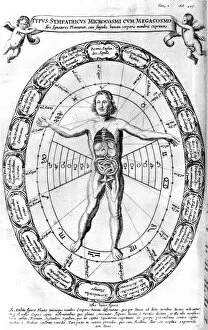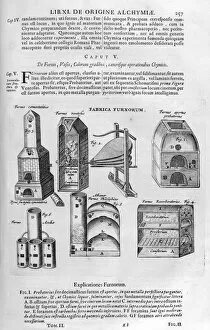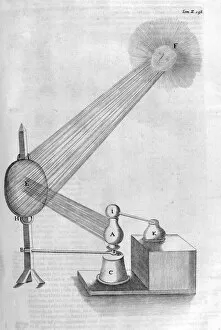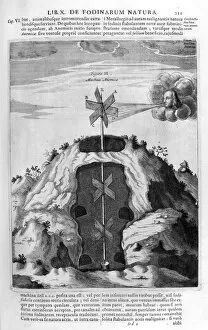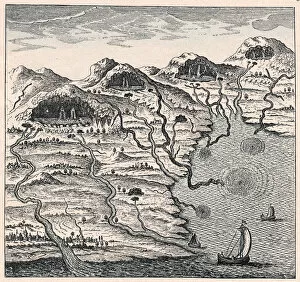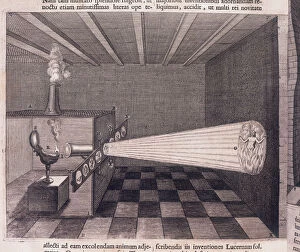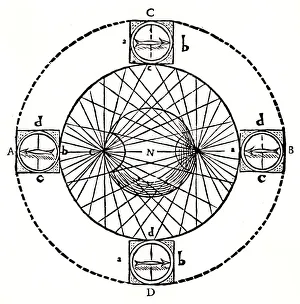Athanasius Kirchner Collection
Athanasius Kircher, born in 1602 and passing away in 1680, was a man of many talents
All Professionally Made to Order for Quick Shipping
Athanasius Kircher, born in 1602 and passing away in 1680, was a man of many talents. Although his name may not be widely known today, his artistic creations and scientific inventions have left an indelible mark on history. One of Kircher's notable works is a small dragon he crafted in 1678. This intricate piece showcases his attention to detail and imaginative mind. Another invention attributed to him is the magic lantern, which he created in 1671 but was later reproduced in 1956. This device projected images onto a screen using light sources such as candles or oil lamps. Kircher's artistic skills were not limited to mythical creatures and magical devices. In 1808, he depicted the facial characteristics of a miser with remarkable accuracy. His ability to capture human emotion through art is evident in this piece. In addition to his artistic endeavors, Kircher also dabbled in engineering innovations. He designed a hand hydraulic water pump that proved useful for various applications during its time. Furnaces were another area where Kircher showcased his expertise; his designs from 1678 demonstrate both functionality and aesthetic appeal. A machine created by Kircher further exemplifies his inventive spirit. Though details about this particular creation are scarce, it undoubtedly reflects the ingenuity that defined much of Kircher's work. Lake geology was another subject that fascinated Kirchner; he meticulously studied its formations and documented them through detailed illustrations dating back to 1678. Mythical creatures held great allure for Kirchner as well; numerous artworks from the same year depict these fantastical beings brought to life through his skilled brushstrokes. Not limited solely to dragons or mythical beasts, one artwork stands out: Virgin and child alongside a human skeleton—a thought-provoking juxtaposition symbolizing life's transience against eternal divinity—an intriguing concept explored by Kirchner during this period. Lastly, we cannot overlook Kircher's wind pump, a device he designed in 1678.

